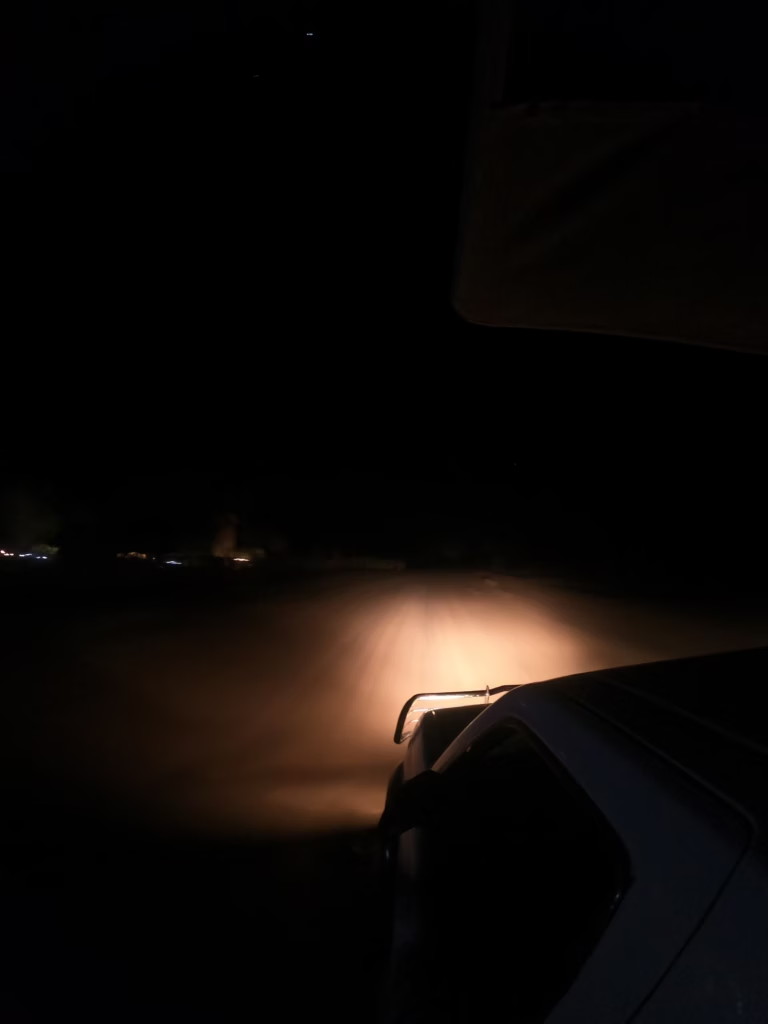Every project has a point where it stops feeling like a good idea.
At the start, you’ve got momentum. Energy. A shiny new premise that feels like it might be The One. The words come fast, or at least willingly, and there’s that sense of excitement—this time, it’s going to work. The words flow from you, the ideas spring forth and hit the page in just the right way.
Then, you hit the middle.
Suddenly it feels like it’s all falling apart. The shine is gone. You’re second-guessing everything. The plot feels thin, or bloated, or somehow both. The characters are flat. The pacing is off. You start wondering if maybe you should go back to that other idea, the one that seemed kind of promising…
You’ve written the beginning, and you know how it needs to end. What you can’t see is how to get to there from here. You kinda know how it should go, you know the broad shape of it, but the exact path? The story? It’s all fuzzy and blurry and doesn’t have any edges.
This is the dip. I’ve also heard it called The Big Swampy Middle.
(I did a little research, and that phrase should be credited to Jim Butcher.)
It’s where most projects die.
The dip is a normal, predictable part of the creative process. It doesn’t mean your story’s bad. It doesn’t mean you’re not cut out for this. It means you’re deep in the work. You’ve moved beyond the excitement of the beginning, but haven’t yet reached the clarity of the end.
It’s the swamp between inspiration and execution.

I think of it like driving country roads in the dark of night. You’ve left town and streetlights behind, and all you can see in front of you is what shows in your car’s headlights. You’re heading to another town, there’s a well illuminated destination that you can already see so clearly. You’ve even driven this road before, in daylight, but at night? You can only see a short way ahead.
So, you keep driving. Sure, you slow down a bit, you’re a bit more cautious, but the only way to get to where you’re going is to drive through that night.
Same thing applies to your story: you have to write your way through it.
You don’t have to like it. You don’t have to be fast or brilliant or even remotely confident about the words you’re putting down. But you do have to keep going. Because on the other side of the dip is the part of the book that made you want to write it in the first place.
Every time I hit that slump—somewhere between chapters three and six, usually—I remind myself: this is the ugly middle. It’s not the fun part. It’s the part where I make a mess, lose the plot, double back, and start questioning everything.
But if I keep going, eventually, the fog clears.
Eventually, the ending begins to pull me forward the same way the beginning once pushed me along.
If you’re in the dip right now, you’re not failing. You’re not lost.
You’re writing.
Keep going.